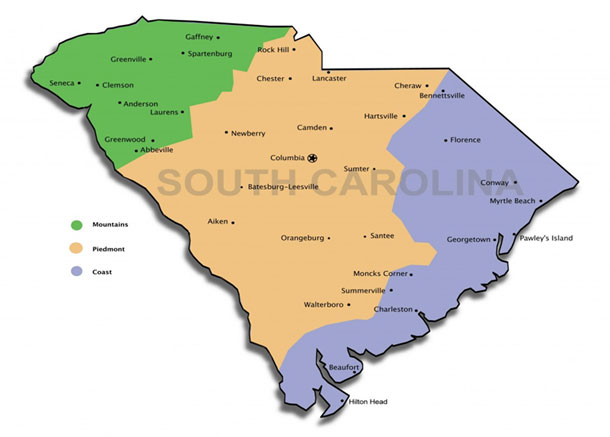


īoucher JF, Munson AD, Bernier PY (1995) Foliar absorption of dew influences shoot water potential and root growth in Pinus strobus seedlings. īerry ZC, Emery NC, Gotsch SG, Goldsmith GR (2018) Foliar water uptake: processes, pathways, and integration into plant water budgets. Journal of Geophysical Research: Atmospheres 118(10):225–210. īerkelhammer M et al (2013) The nocturnal water cycle in an open-canopy forest. Obviously, the absorption and distribution of dew on leaves of Populus euphratica improved the soil moisture condition in the growing season and are important survival strategies for Populus euphratica to adjust to short-term drought.Īgam N, Berliner PR (2006) Dew formation and water vapor adsorption in semi-arid environments-A review.

Conclusionsĭew treatments significantly promoted the growth and development and the fluorescence parameters (Ф PSII, ETR) of leaves of seedlings, especially under the soil moisture sufficient condition and under moderate drought. Populus euphratica seedlings can absorb dew by direct foliar uptake and can redistribute the dew among plant organs and even the soil. Under different levels of drought stress, the Delta deuterium (δ D) value of plant, and soil water of seedlings in the dew treatment was significantly higher than that in the untreated group. The leaf biomass, height growth, and the surface area of roots differed significantly between different amounts of dew under different levels of drought stress. We designed a two-factor control and stable isotope experiment to reveal the physiological and ecological responses of Populus euphratica seedlings to three different amounts of dew under different soil water contents. We want to answer three key questions: 1) what are the positive effects of dew on plant growth? 2) Can the leaves absorb and use dew directly? 3) If the leaves can absorb dew, how is the absorbed water allocated? Methods However, there is not much evidence that this process is ecologically relevant for plants, especially in extremely desert riparian forest areas. Dew is an important water source of plants in semi-arid and arid regions.


 0 kommentar(er)
0 kommentar(er)
